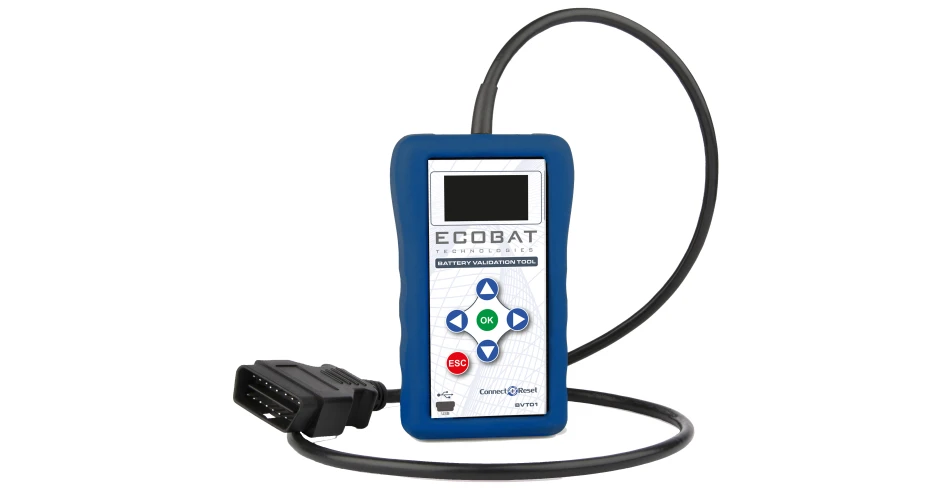ECOBAT Battery Technologies (EBT), formally Manbat, has highlighted how garages need to adjust their approach to battery fitting when it comes to AGM or EFB technology.
John Bentley, EBT’s technical manager explains that both traditional SLI (starter, lights and ignition) batteries and those developed for start-stop equipped vehicles lose their capacity to start an engine due to the effect of temperature. This means that lower quality or older batteries are far more likely to fail in winter.
However, John says that garages need to realise that AGM and EFB batteries react differently to traditional batteries especially when discharged. He says, "Overheating is the biggest problem as it can dry the battery and starve it of acid and therefore capacity. This means that the main failure rate when a battery ages will be from excessive heat causing drying, rather than excessive cold. That said, AGM and EFB batteries are designed to meet the very critical demands of vehicles fitted with a start-stop system and also to withstand a much wider temperature range. These requirements are set by the vehicle manufacturers in order to meet certain EN standards. The best batteries therefore, are those that meet these original equipment EN specifications, as they are proven to deliver the required performance standards. As AGM and EFB batteries are much more expensive than traditional SLI batteries, choosing one with the correct OE approval is the most cost-effective option, as well as providing the motorist the greatest peace of mind.”
Jon explains that AGM and EFB batteries are now becoming a major part of the aftermarket. He points out, "By 2020, it is estimated that the replacement AGM/EFB market will reach 20% of the total market. So demand is rapidly increasing.”
John says that garages can identify the correct AGM/EFB to fit by using the ECOBAT battery finder at http://batteryfinder.ecobat.tech/ . This also helps with battery location as only 58% of batteries are in the traditional under the bonnet location, with 40% in the boot and the remaining 2% situated in the passenger compartment. He also point out that it can now take four times longer to fit a battery so the idea of ‘free fitting’ needs to become a thing of the past.
When fitting new generation batteries it is also important to use an OBD power back up, like the NOCO charger with OBD lead. The battery also needs to be validated or ‘introduced’ it to the vehicle’s battery management system with a tool like the ECOBAT BVT tool, in order for it to function correctly.
For further details please visit www.ecobat.tech
